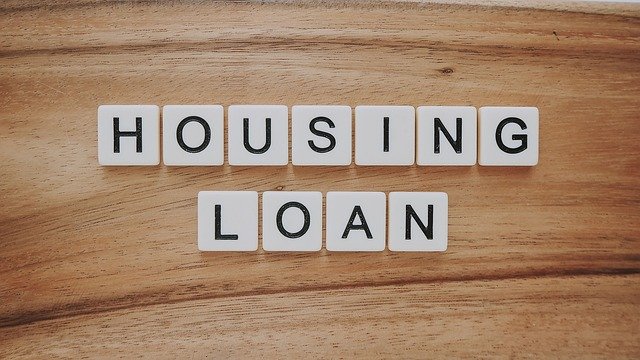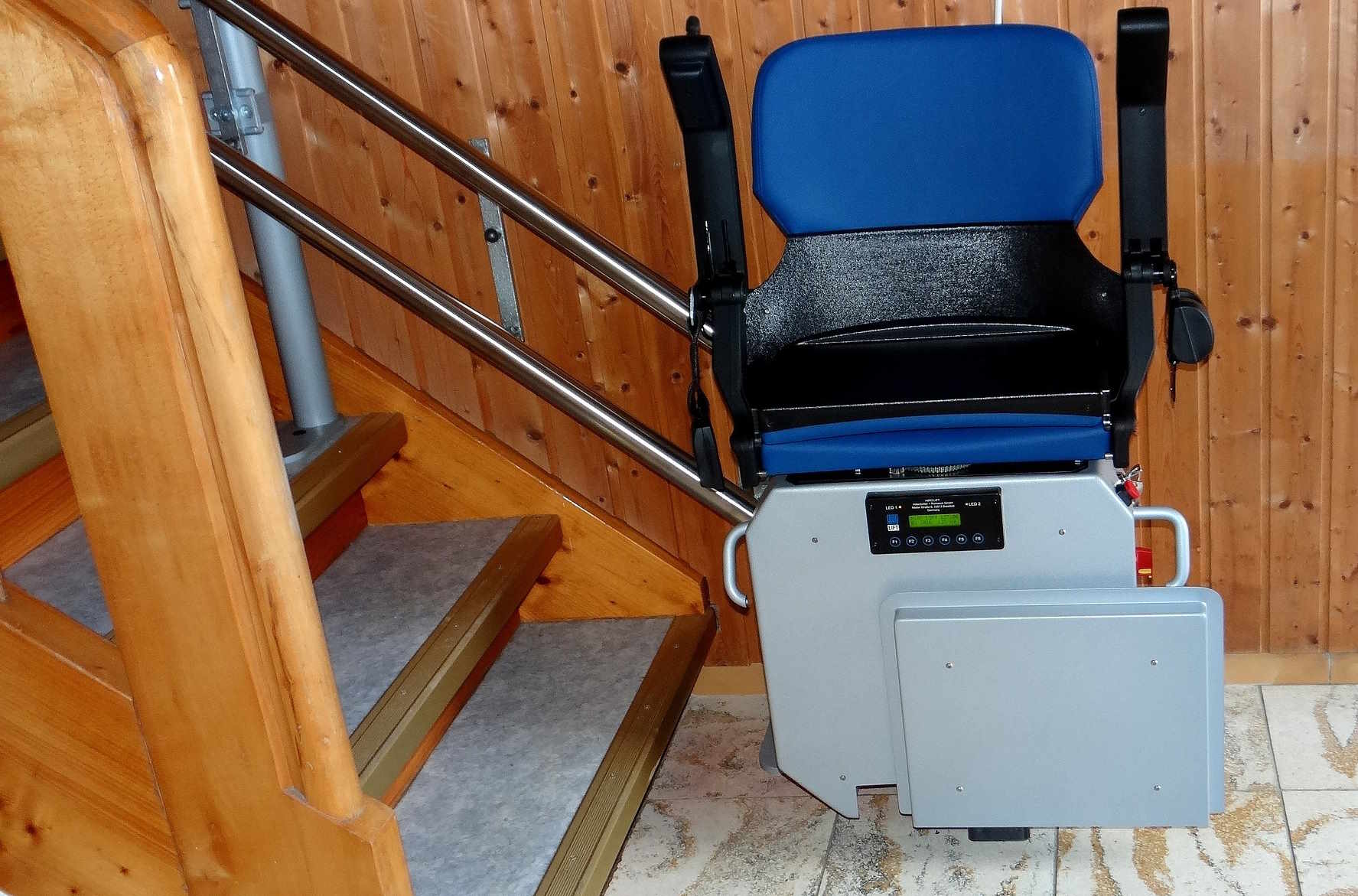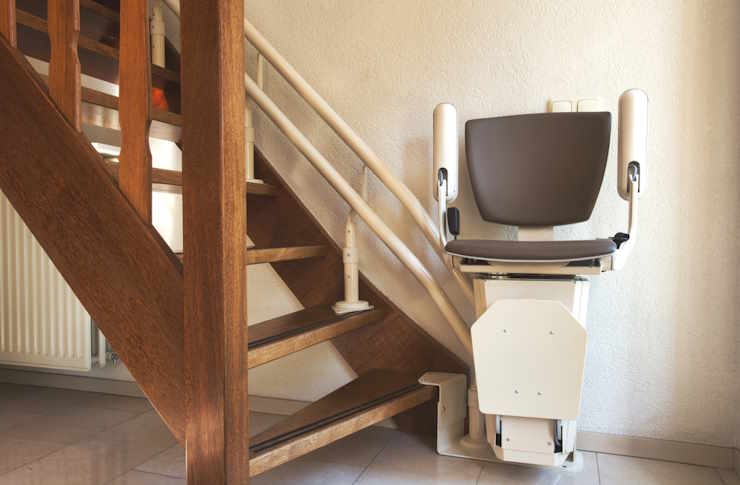Credit history, income, and documents that influence approval chances
When applying for a home improvement loan—whether to fund a renovation, a major remodel, or smaller upgrades—lenders evaluate several measurable factors. Credit history, verifiable income, available equity, and the completeness of documentation often determine approval chances and the terms offered. Understanding what lenders look for helps borrowers plan financing, anticipate interest and amortization schedules, and prepare a realistic budget and contingency plan.

When you apply for financing to support a renovation or remodel, lenders look for clear signals that you can repay the loan. Beyond the headline factors of credit and income, they consider collateral or equity in the property, the accuracy of appraisal values, and the quality of your documentation. These elements influence not only whether an application is approved but also interest rates, repayment terms, and required collateral or contingencies.
How does credit history affect approval?
A lender’s first checkpoint is often your credit profile. Credit score, payment history, length of credit, and recent inquiries feed into automated underwriting decisions. A stronger score typically improves the chances of approval and yields lower interest, while missed payments, collections, or a short credit history can raise perceived risk. For renovation financing that’s unsecured (such as many personal loans), credit weighs heavily; for secured options like home equity loans, credit still matters but equity and collateral can offset weaker history.
How do income and budget influence decisions?
Lenders verify income to ensure repayment capacity; they calculate debt-to-income ratios (DTI) that compare monthly obligations to gross income. A stable income history, consistent employment, and a manageable DTI improve approval odds. Lenders also review your renovation budget and projected costs to see if the loan amount is reasonable relative to the project scope. Clear, realistic budgets and contingency reserves for unexpected costs can strengthen an application and reduce the chance of mid-project financing shortfalls.
What documentation do lenders require?
Documentation is central to approval speed. Common items include recent pay stubs, W-2s or tax returns, bank statements, proof of identity, and homeowner insurance. If the loan is secured, paperwork on existing mortgages and title information is typical. Contractors’ quotes, scope-of-work summaries, and permits for the project help verify the purpose of funds and the appraisal basis. Accurate and complete documentation reduces processing delays and demonstrates preparedness to the lender.
How do equity, collateral, and appraisal matter?
If you tap home equity through a second mortgage or HELOC, lenders assess the property’s value via an appraisal and compare outstanding mortgage balances to determine available equity. Higher equity can lower interest and allow larger loans, while low or negative equity may require alternative collateral or higher rates. Appraisal quality matters: a well-documented appraisal reflecting recent comparable sales supports higher borrowing limits and reduces the need for additional collateral or bridging solutions.
How do interest, amortization, and repayment terms affect approval?
Loan terms influence monthly affordability and lender risk. Shorter amortization periods mean higher monthly payments but less total interest, while longer terms reduce payments but increase total interest costs. Lenders examine proposed repayment schedules relative to income and DTI. Fixed-rate loans give predictable interest costs; variable-rate options can be cheaper initially but carry interest-rate risk. Lenders may prefer structures that align with borrower capacity and the project lifecycle, such as a bridge loan with a clear repayment plan when selling or refinancing is expected.
Contingency, incentives, bridging, and real-world pricing insights
Many renovation projects include contingency reserves to handle unforeseen issues uncovered during remodeling. Lenders take contingencies into account when sizing loans. Some borrowers access incentives—such as contractor discounts or manufacturer rebates—which can reduce financing needs. Bridging options (short-term loans or lines) may be used when timing between sale and purchase or staging of financing is an issue. Below is a representative comparison of common financing routes and sample cost estimates.
| Product/Service | Provider | Cost Estimation |
|---|---|---|
| Personal loan for renovation | LightStream (SunTrust) / SoFi | APR roughly 6%–18% depending on credit; typical terms 3–7 years |
| Home equity loan (fixed) | Wells Fargo / Bank of America | APR roughly 4%–9%; typical terms 5–15 years |
| Home Equity Line of Credit (HELOC) | Chase / Local banks | Variable APR roughly 5%–10%; draw and repayment periods vary |
| Credit union renovation loan | Local credit unions | APR often competitive, e.g., 5%–12%; terms vary by institution |
Prices, rates, or cost estimates mentioned in this article are based on the latest available information but may change over time. Independent research is advised before making financial decisions.
Conclusion
Approval chances for home improvement financing rest on a combination of creditworthiness, verifiable income and budget, usable equity or collateral, solid appraisal documentation, and complete paperwork. Knowing which documents lenders prioritize and preparing realistic budgets and contingency plans can reduce friction at application time. Consider multiple financing structures—personal loans, HELOCs, or home equity loans—and compare amortization, interest, and repayment terms to match project timelines and cash flow needs.




